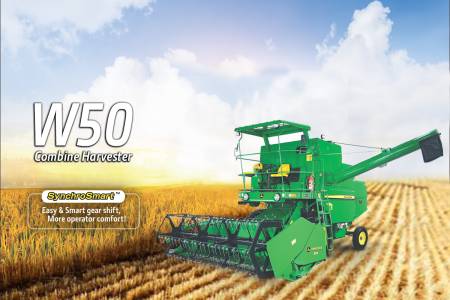
Harvesting grain is a critical stage in the agricultural process, directly impacting the quality and quantity of your final product. This guide delves into the essential aspects of grain harvesting, from pre-harvest considerations to post-harvest management, enabling you to maximize your yield and minimize losses.
This section covers the crucial steps you need to take before the harvest even begins, ensuring a smooth and efficient operation:
This section explores the practical aspects of grain harvesting:
This section outlines the crucial steps to take after harvesting to maintain the quality and value of your grain:
This section highlights the role of technology in improving efficiency and yield:
This comprehensive guide provides a foundational understanding of grain harvesting. Remember to adapt these techniques to your specific crop, equipment, and local conditions for optimal results. Continuous learning and adaptation are key to maximizing efficiency and profitability in grain production.